Down the narrow, cobblestoned back-streets beats the heart of a Bohemian nation. Surviving occupations from the Habsburg Empire to the Nazis, Prague is a city whose history is as diverse as the stunning architecture that tells its story. –
–
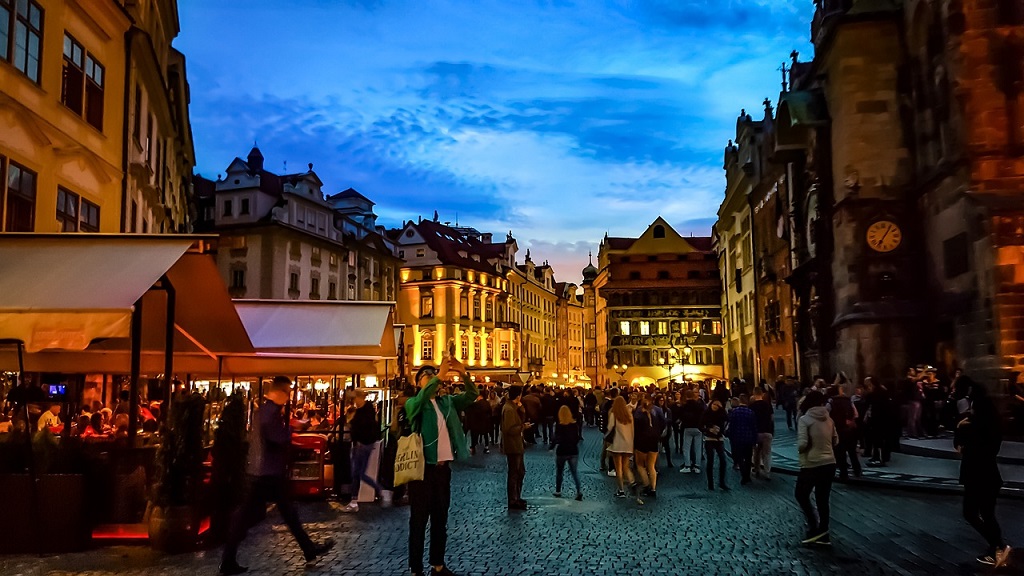 Georgina Campbell
Georgina Campbell
Indulgence in a liberal, unconventional lifestyle defines the 19th Century’s stereotype of a Bohemian. However, historically, the Kingdom of Bohemia is not a haven for hippies to lounge around reading poetry, but the capital of the Czech Republic: Prague.
Bohemia was a kingdom in the Holy Roman Empire and subsequently a province in the Habsburg’s Austrian Empire. Initially, Bohemia’s incorporation into the Moravian Empire resulted in the extensive Christianisation of the population.
A native monarchy ascended the throne and Bohemia came under the rule of the Premyslid dynasty which ruled the Czech lands for the next several centuries.
Overlooking Prague stands an architectural embodiment of the numerous rulers and regimes that have occupied the country.
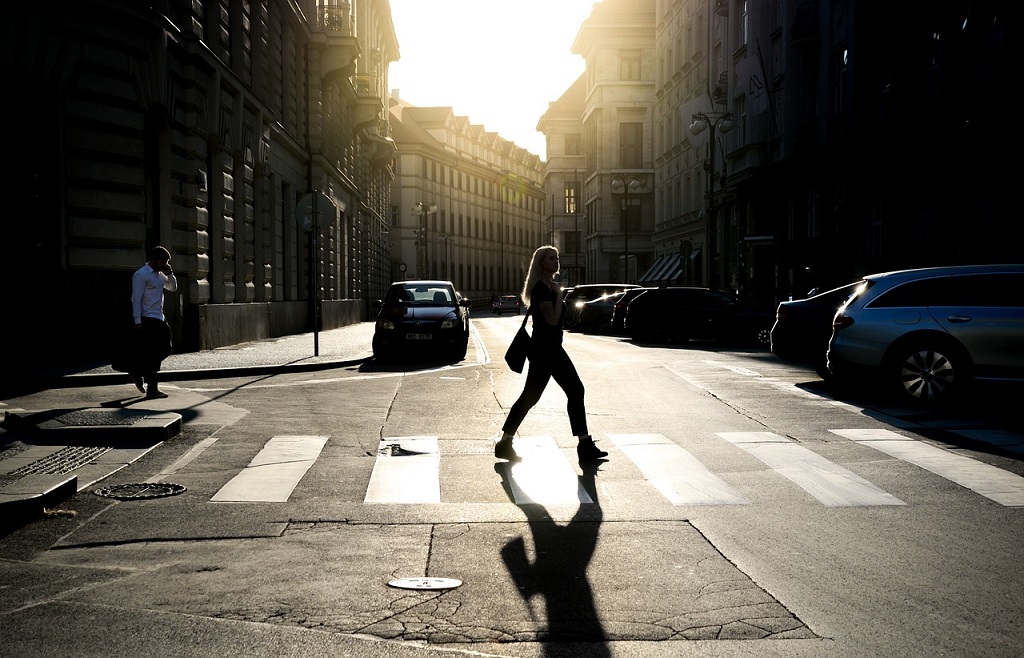 The biggest castle in the world, Prague Castle, is where the Kings of Bohemia, Holy Roman Emperors and presidents of Czechoslovakia and the Czech Republic have had their offices.
The biggest castle in the world, Prague Castle, is where the Kings of Bohemia, Holy Roman Emperors and presidents of Czechoslovakia and the Czech Republic have had their offices.
Stretching back to the 9th Century, the first walled building of the castle was the Church of Our Lady, and from then the castle began to develop right through to the 20th Century.
St. Vitus, the vast Gothic church, is a perfect example of the architectural stamp rulers imposed on the castle, with a single Renaissance style turret and images of 1920s businessmen carved into one of its many murals. Queen Maria Theresa carried out the last major rebuilding in the second half of the 18th Century.
During the Nazi occupation of Czechoslovakia during World War II, Prague Castle became the headquarters of Reinhard Heydrich, the “Reich protector of Bohemia and Moravia”. Old legends say that a usurper who places the Bohemian crown on his head is doomed to die within a year. Heydrich was assassinated less than a year after assuming power.
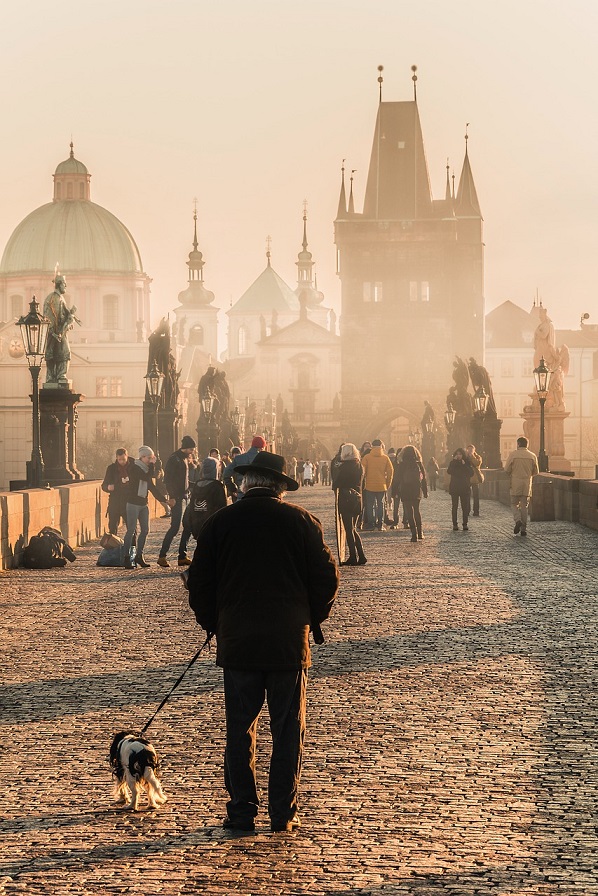 During the Velvet Revolution, Alexander Dubček, the leader of Czechoslovakia during the Prague Spring, appeared on a balcony overlooking Wenceslas Square.
During the Velvet Revolution, Alexander Dubček, the leader of Czechoslovakia during the Prague Spring, appeared on a balcony overlooking Wenceslas Square.
As the protesters pushed for him to take his seat as president of the country at Prague Castle, he embraced the crowd as a symbol of democratic freedom.
The torrid, rich history of Prague’s Jewish Quarter (Josefov) dates back to the 13th Century, where the Jewish community were ordered to vacate their homes and settle in one area.
1781 saw Josef II issue the Edict of Tolerance which permitted the free exercise of religion and the secularisation of education, science and art. Subsequently, in his honour, the town was renamed Josefov.
The 20th Century saw the Nazis all but annihilate Prague’s Jewish legacy, only saving their monuments for their planned epitaph to a vanished race.
The Spanish synagogue (one of the six synagogues that remain) was built in 1868.
The synagogue is most remarkable for its elaborate interior, as every surface is covered by intricate Islamic-style polychrome and gilded patterns. The Jewish Quarter is now also home to a truly heart wrenching exhibition of paintings done by the Jewish children who became victims of Auschwitz. Their paintings are of hope and reunion, and should be seen as a beacon against the dark and harrowing experience they had to endure.
Prague is visually stunning; picturesque in fact. However, lurking beneath the Gothic church, Kostnice, lies a chapel, furnished completely out of human bones.
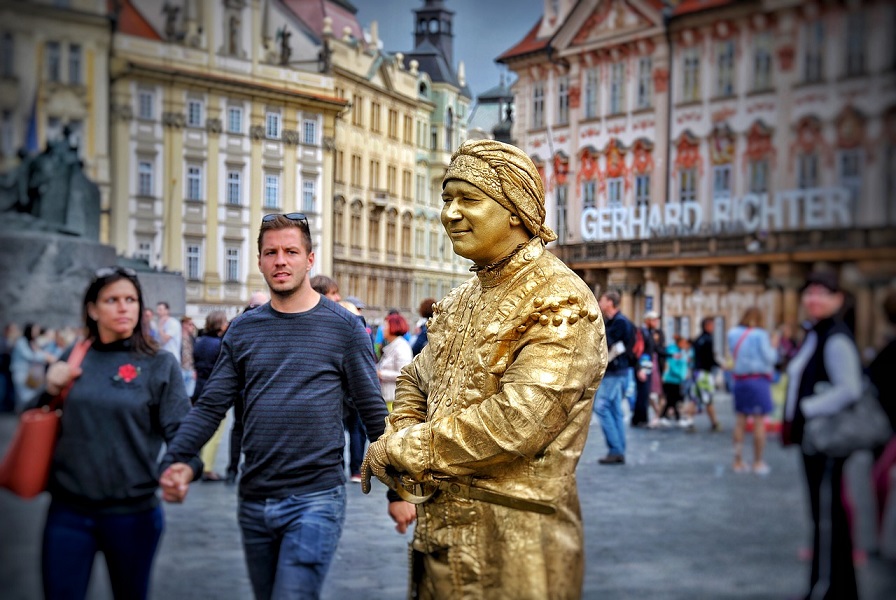 Kutna Hora, the old mining town of the Czech Republic, is home to the Ossuary; built from 40,000 people’s remains. In the 13th Century, an abbot of Sedlec monastery returned from a visit to Palestine with a pocket full of soil and sprinkled it on the cemetery.
Kutna Hora, the old mining town of the Czech Republic, is home to the Ossuary; built from 40,000 people’s remains. In the 13th Century, an abbot of Sedlec monastery returned from a visit to Palestine with a pocket full of soil and sprinkled it on the cemetery.
This direct association with the holy land led to the graveyard becoming a sought after burial site among the aristocracy of Central Europe, thus the number of burials outgrew the space available. In 1870, the Schwarzenberg family (the landowners of the time) commissioned woodcarver Frantisek Rint to decorate the chapel with the cemetery’s bones as a chilling reminder of the impermanence of human life and inevitable death.
The most macabre spectacle of the decorations is the chandelier which contains at least one of each bone in the human body. Amongst the collection, there is a specific case dedicated to the skulls belonging to the Hussite warriors (1468- 1478).
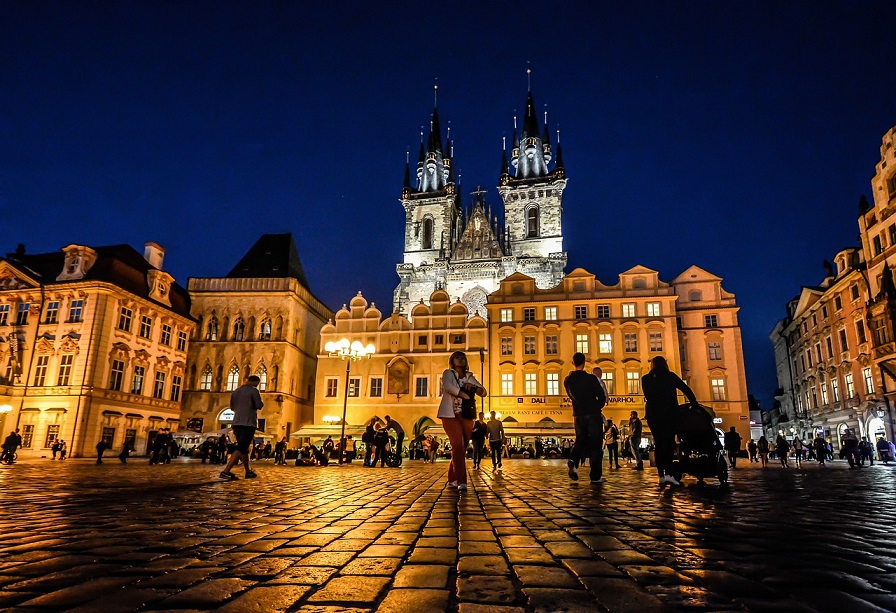 Remarkably, it is thought that these warriors did not die on the battlefield, but from a lack of modern medicine to help heal and cleanse their critical wounds.
Remarkably, it is thought that these warriors did not die on the battlefield, but from a lack of modern medicine to help heal and cleanse their critical wounds.
The beauty of Prague emulates from its people and echoes within the city’s architecture. However, Prague’s true treasure lies within its history, as every corner of the capital has its own fascinating story to tell.
(Photo: Pixabay)












.jpg)












